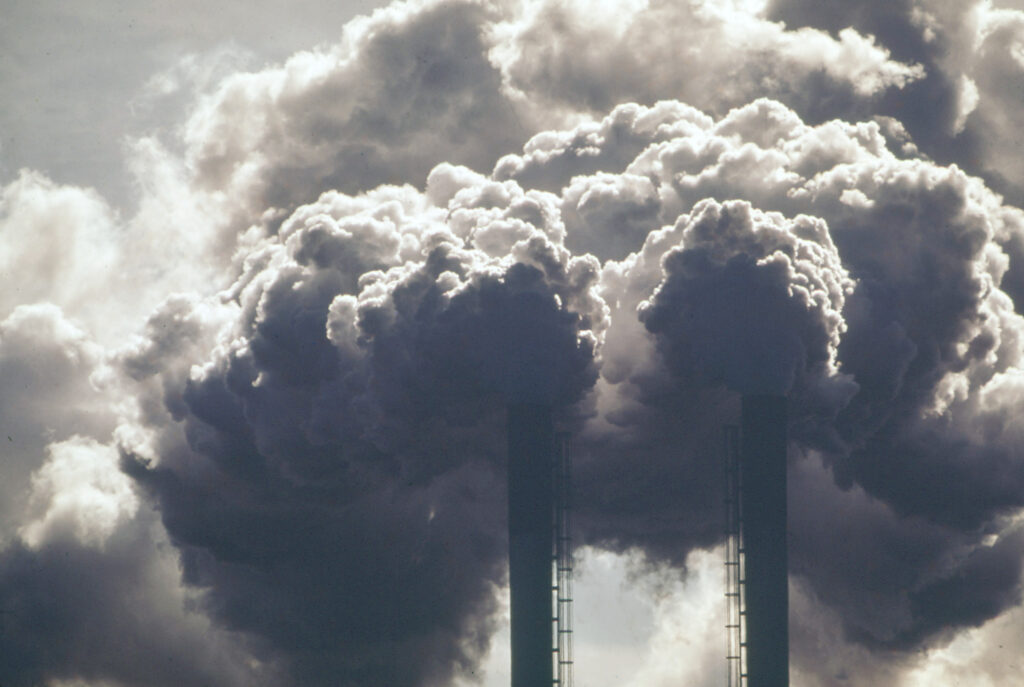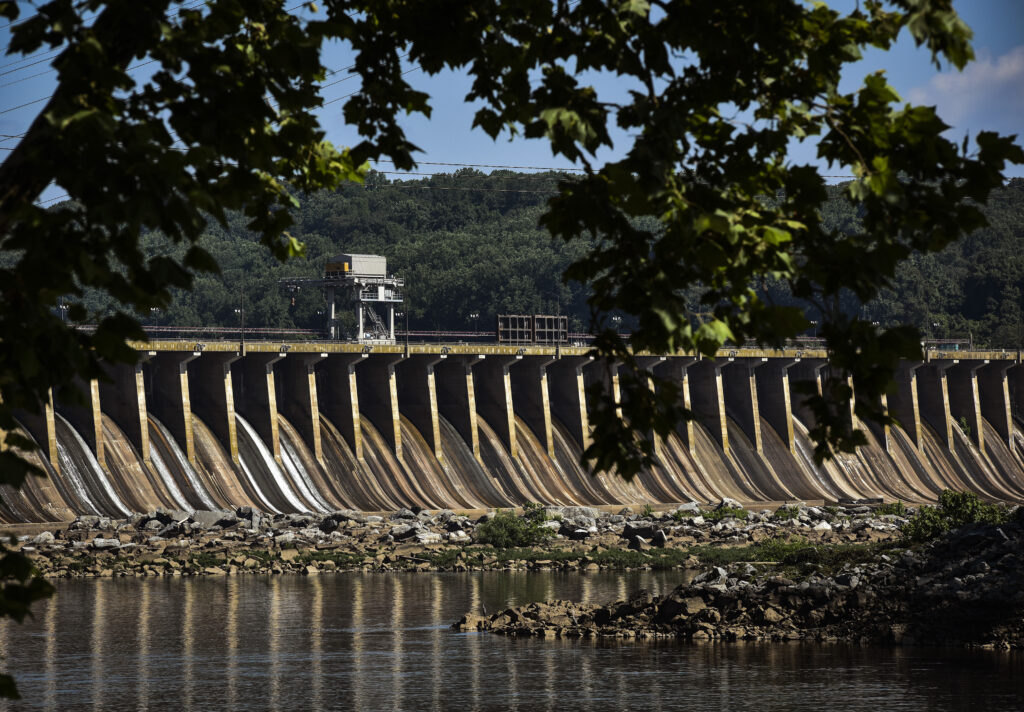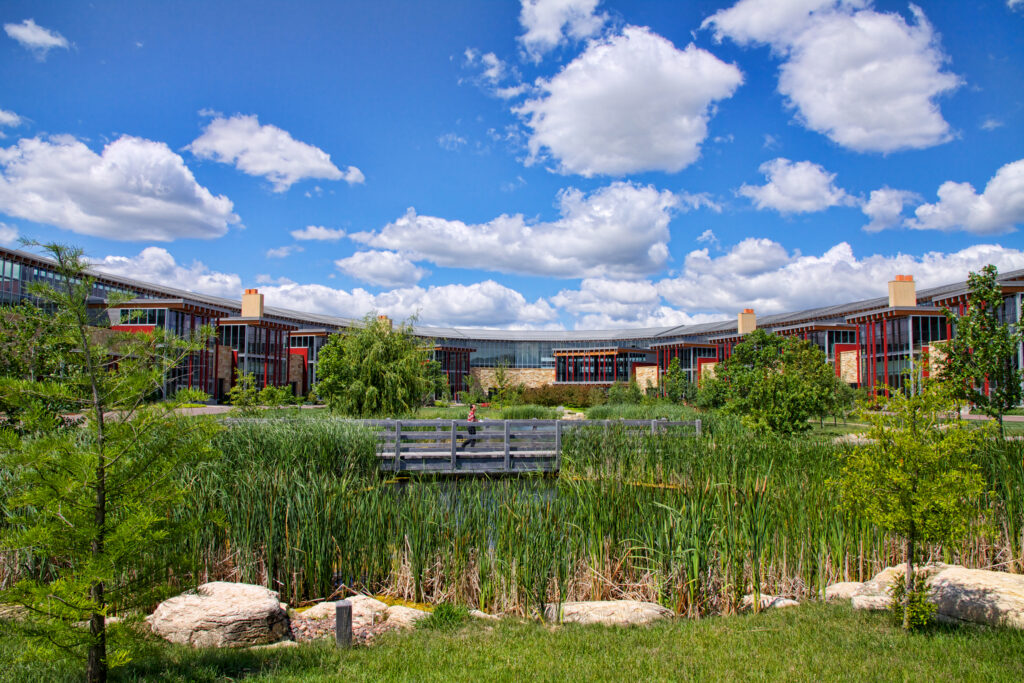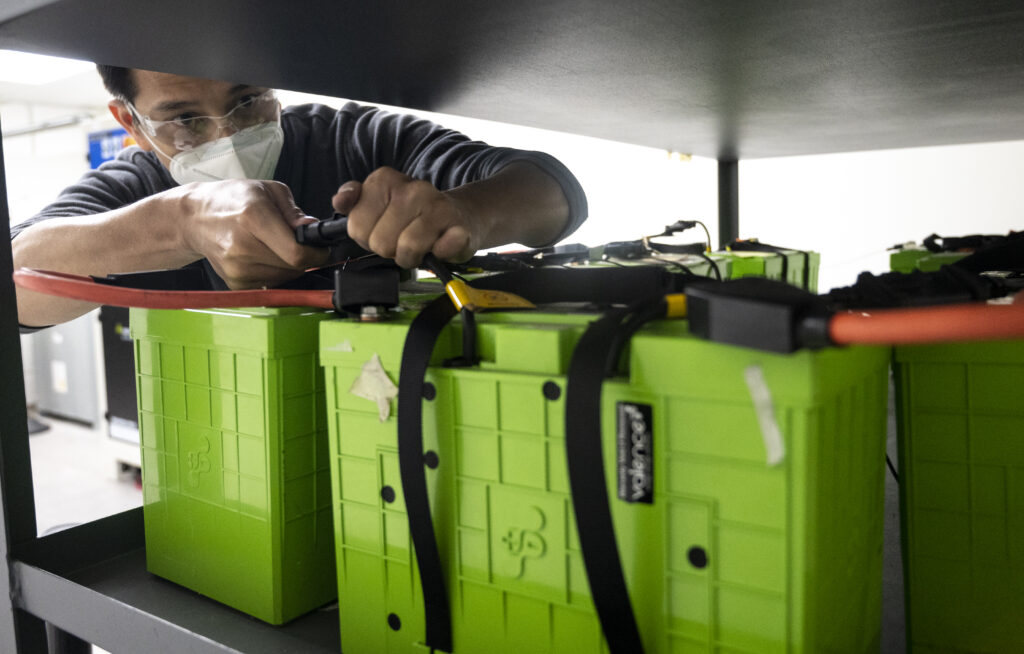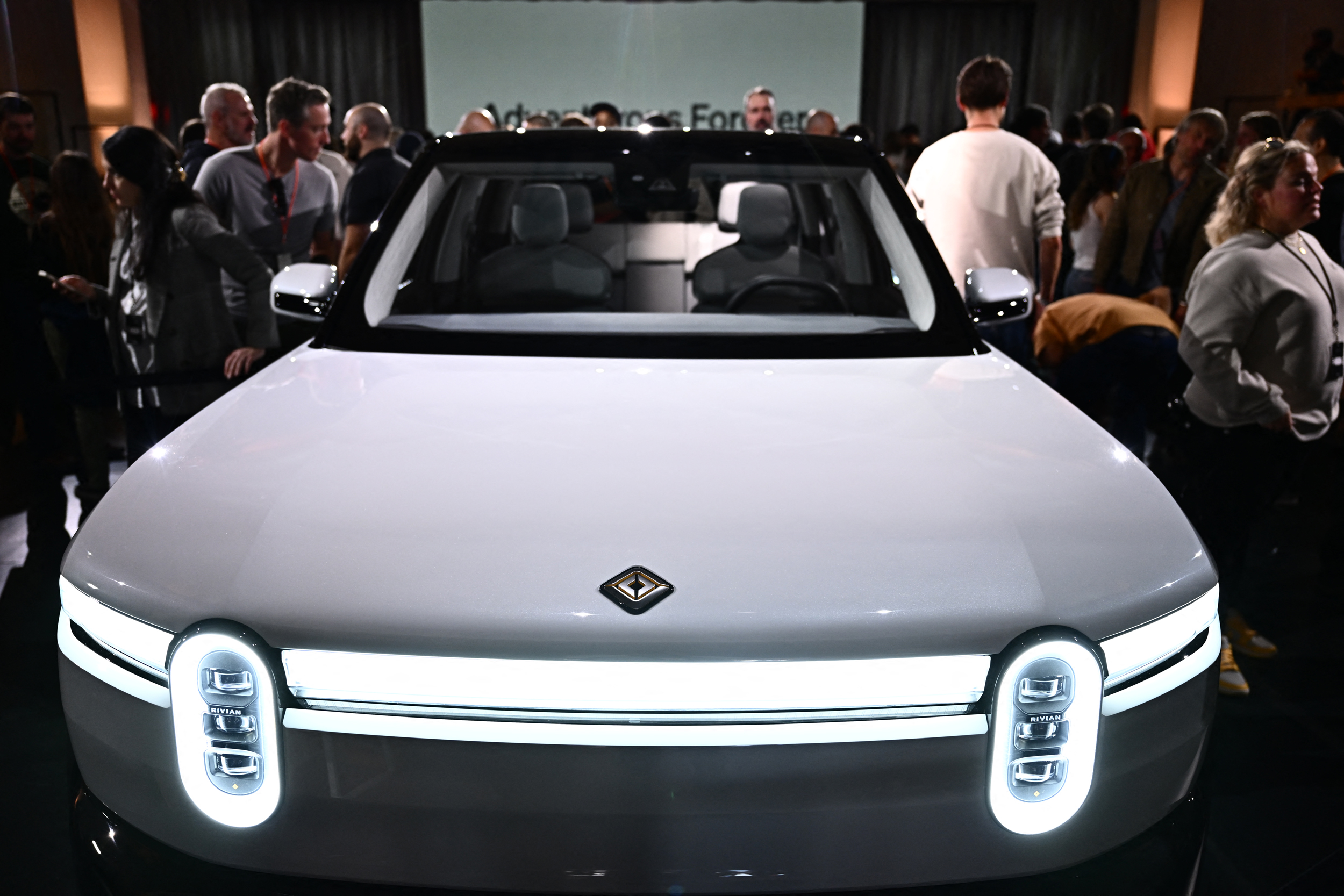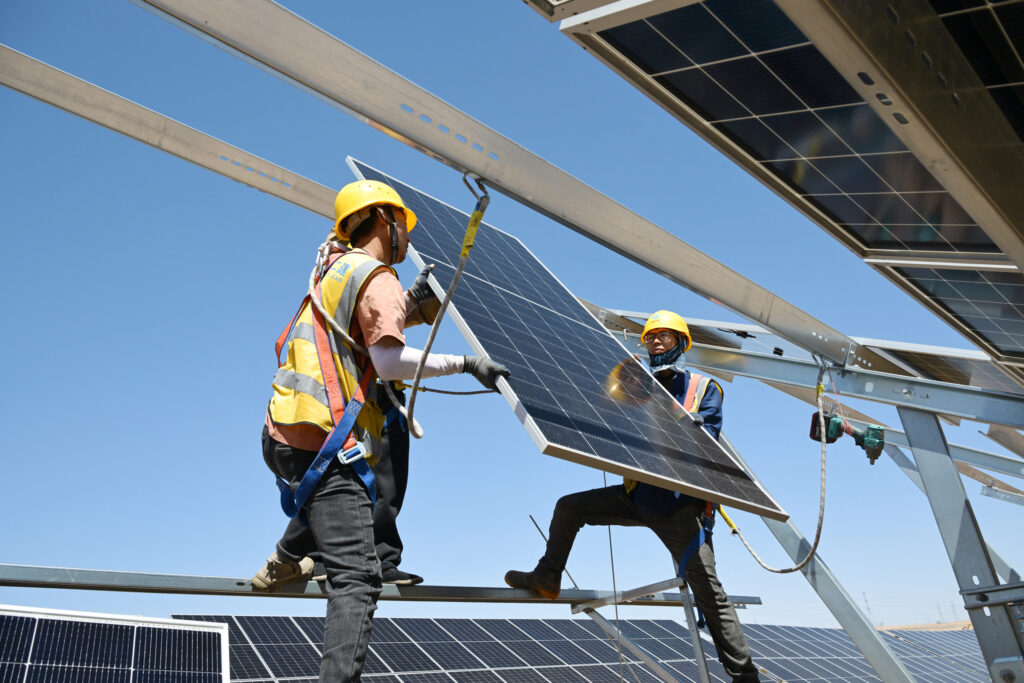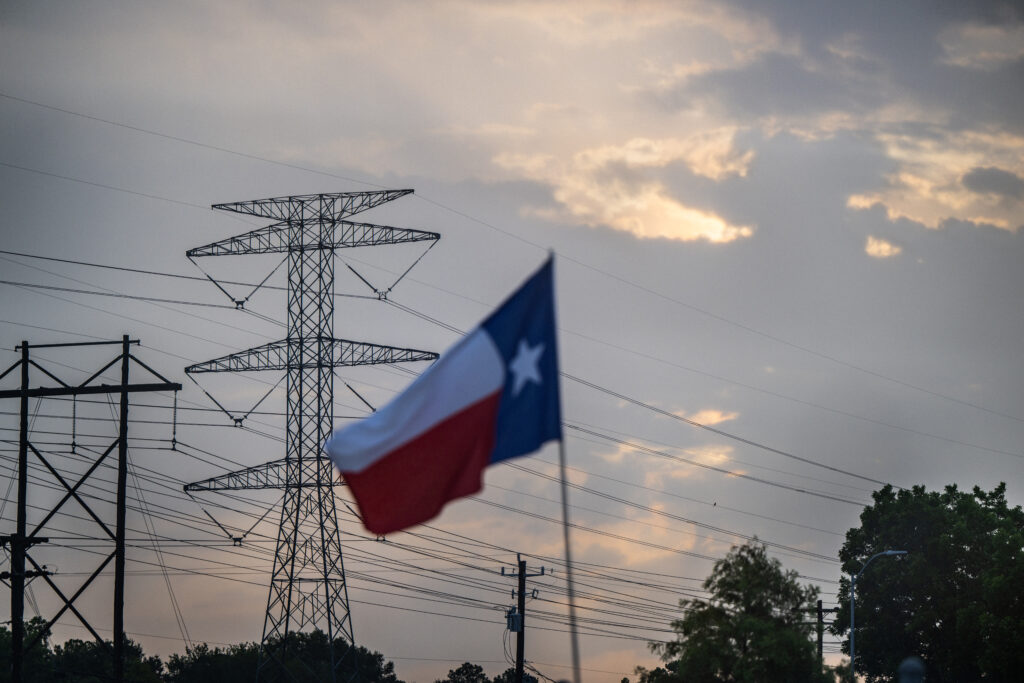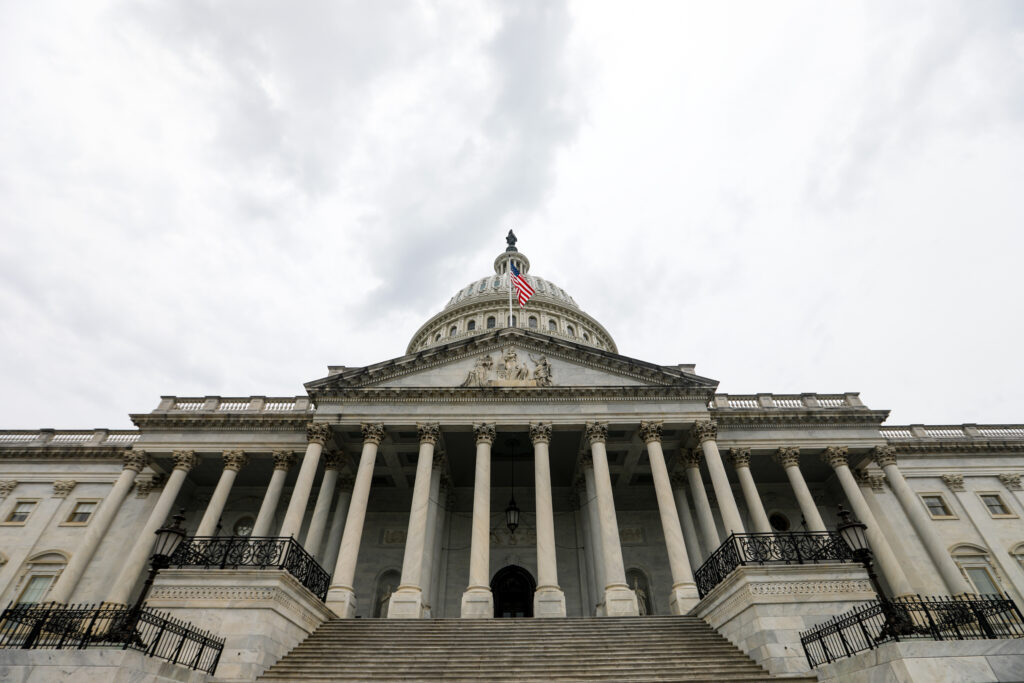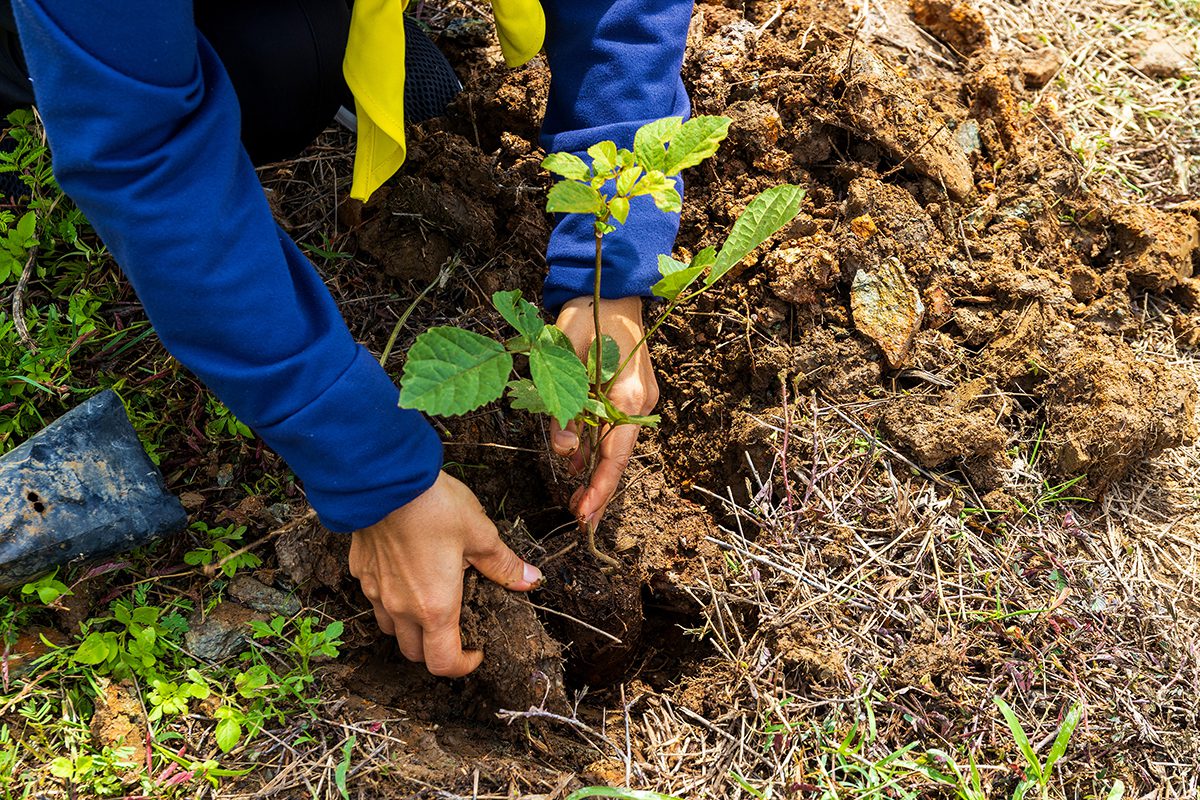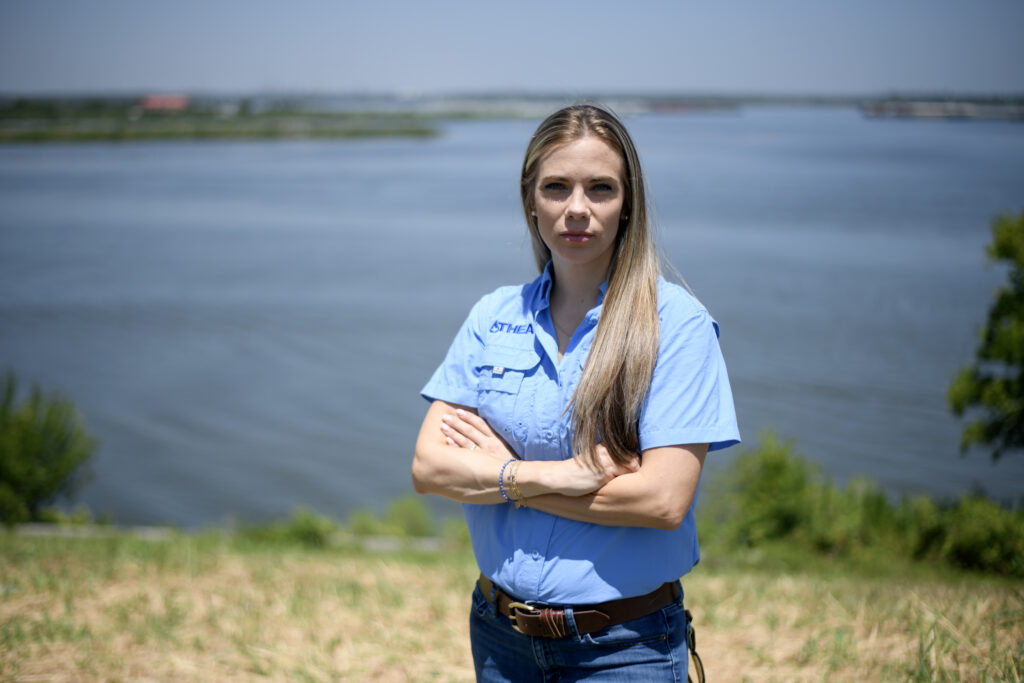The Midwest is emerging as a major manufacturing hub for the clean energy transition as federal incentives and falling prices for renewables spur companies to invest tens of billions of dollars into new factory operations across the country.
In August 2022, Congress passed the Inflation Reduction Act, which provides generous tax credits for projects and purchases related to clean energy. Since then, Midwestern states have received about $30 billion dollars in private investments to boost domestic production of electric vehicles, batteries and equipment for solar and wind farms, according to a monthly tally of funding announcements kept by energy think tank E2.
Michigan, Indiana and Ohio have received $11.6 billion, $7.8 billion and $7 billion respectively, the E2 analysis said, placing them among the top 10 states nationwide to receive the most private investments for clean energy projects between August 2022 and April of this year. Michigan and Indiana now outrank Texas for such funding, it said, and Michigan also overtook Georgia as the top state for total number of large-scale clean energy projects.
We’re hiring!
Please take a look at the new openings in our newsroom.
See jobs
“This is like a new era in American manufacturing as it switches to clean energy,” said E2 Communications Director Michael Timberlake, “and it’s not a surprise that one of the big drivers of that happens to be the place that drove the last major manufacturing boom in the U.S.”
Midwestern states make up the bulk of America’s Rust Belt, a term coined in the 1970s to describe the massive decline of manufacturing jobs in a region that was once considered the epicenter of U.S. industry. Decades ago, cities like Detroit and Cleveland thrived as global manufacturing hubs for the automobile and steel industries before that work largely migrated overseas and became automated in the ’80s and ’90s.
That history is likely helping those places now, Timberlake said, as companies look for industry-friendly cities and states to expand their manufacturing operations. At least eight of Michigan’s 29 large-scale clean energy projects that have been announced since 2022 are in or near Detroit, including a $35 million electric vehicle battery plant that an Australian company plans to build right in Motor City—nicknamed for its legacy in U.S. auto manufacturing.
At least 305 major clean energy projects have been announced in 40 states and Puerto Rico since the IRA passed, Timberlake said, totalling more than $123 billion in capital investments. The Midwest, he added, has received about a quarter of those funds.
The growth in clean energy investments has been especially strong for electric vehicles. Despite a recent slow down in sales, EV adoption has been astronomical over the last three years. Americans bought nearly 1.2 million electric vehicles last year, setting a record and making EVs the fastest-growing category for car sales, according to Kelley Blue Book data. EVs comprised 7.6 percent of the total U.S. vehicle market in 2023, up from 5.9 percent in 2022.
The rapid growth of EVs has been a major boon to Midwest manufacturing work, Timberlake said. Last month, carmaker Toyota announced that it was investing $1.4 billion to expand its EV manufacturing operations in Princeton, Indiana. The company said the project will create 340 new jobs. And last year, electronics giant LG and carmaker Honda began construction on a $4.4 billion jointly owned plant that will manufacture electric vehicle batteries in Jeffersonville, Ohio, and is expected to create some 2,200 new jobs.
This story is funded by readers like you.
Our nonprofit newsroom provides award-winning climate coverage free of charge and advertising. We rely on donations from readers like you to keep going. Please donate now to support our work.
Donate Now
Since 2022, Timberlake said, the number of clean energy manufacturing jobs rose by 18 percent in Michigan, 17 percent in Indiana and 18 percent in Ohio. “I think electric vehicles could soon be the second biggest employer in the U.S. for clean energy jobs,” he said. “They’re fast approaching the total employment for renewable energy.”
Of course, the Midwest isn’t the only region seeing a major injection of cash. The South, and particularly the Southeast, has received the majority of announced capital investments since 2022, with many believing the region is set to become the nation’s leading green energy hub.
The top three states on E2’s investment analysis are North Carolina, Georgia and South Carolina, which together have garnered nearly $50 billion since 2022.
Timberlake said that Southeast states, which exclude Texas and Oklahoma, have received about a third of all the private investments for clean energy projects following the IRA’s passage. “Obviously the Southeast deserves to get a lot of recognition,” he said. “But the Midwest is right there on its heels.”





